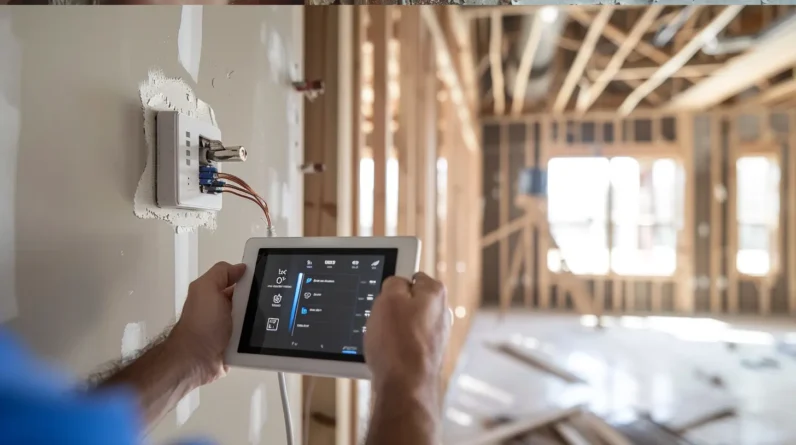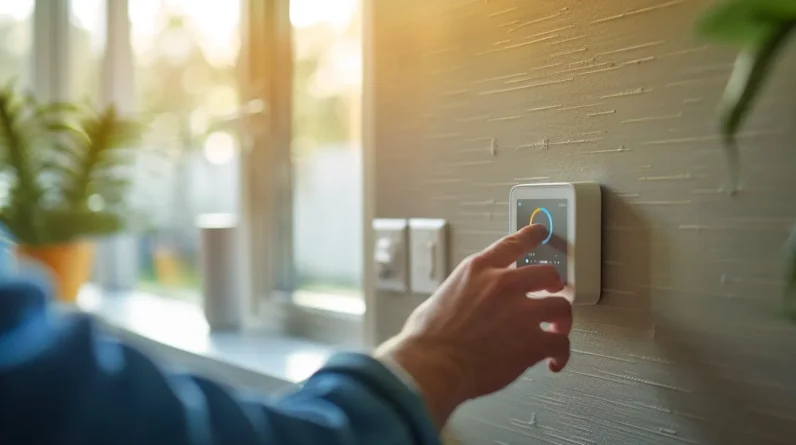
We’re exploring the efficiency of smart devices, which offer substantial energy savings and convenience. Smart homes and devices can reduce energy consumption and lower utility bills. However, they also pose risks of digital dependency and potential drawbacks. As we weigh the benefits and drawbacks, we’re finding that smart technology can greatly impact our daily lives, and there’s more to ponder when it comes to their overall impact on us.
Energy Efficiency Benefits of Smart Devices
As we consider the role of smart devices in our daily lives, it’s clear that one of the most significant advantages they offer is their potential to increase energy efficiency. We’ve found that smart appliances and HVAC systems can reduce energy consumption by 10-15%. Smart thermostats and lighting systems also offer significant savings, with some reducing energy use by up to 50%. By optimizing temperature control and identifying inefficiencies, we can lower our utility bills and carbon footprint. Overall, smart devices enable us to make informed energy choices, leading to substantial cost savings and environmental benefits. We can reduce energy waste and lower emissions.
Market Growth and Adoption Trends
The global smart home market is experiencing rapid growth, with a projected valuation of $633.2 billion by 2032, up from $149.43 billion in 2025. We’re seeing significant expansion driven by consumer demand. Key trends include:
- Increasing adoption in North America
- Rapid growth in Asia Pacific
- Rising demand for smart devices
- Growing investment in IoT technology. We’re analyzing these trends to understand the market’s trajectory, driven by factors like convenience, lifestyle improvement, and strategic partnerships. The market’s growth is accelerating, with a CAGR of approximately 22.9-23.1%.
Smart Technology’s Role in Energy Management
When we consider smart technology’s impact on daily life, it’s clear that energy management is one area where it’s making a significant difference. We’re seeing reductions in energy consumption, with smart HVAC technology lowering heating energy use by 20-30%. Smart thermostats automate heating and cooling, reducing waste during unoccupied periods. This leads to lower energy bills, with 56% of users reporting savings. As we adopt these technologies, we’re also integrating them with renewable energy sources and optimizing energy use, which supports a reduction in our carbon footprint. This is a key aspect of smart technology’s role in energy management.
Potential Drawbacks and Digital Dependency
Because we’re increasingly reliant on smart devices, it’s essential we consider their potential drawbacks, particularly digital dependency. We must analyze the risks associated with overuse. Some key concerns include:
- Mental health effects
- Physical health consequences
- Behavioral drawbacks
- Cognitive impairment risks. We’re exposed to these risks as we use our devices extensively, highlighting the need for awareness and balance in our digital lives.
Smart Homes and Sustainability Impact
We’re shifting our focus from the potential drawbacks of smart devices to their role in promoting sustainability, particularly in smart homes. We analyze how smart thermostats and lighting systems reduce energy consumption, cutting waste and emissions. By integrating energy-efficient appliances and optimizing resource use, smart homes minimize their carbon footprint. They also promote water conservation through advanced monitoring and automation. This, in turn, supports urban sustainability and smart city development, enabling scalable resource management and reducing environmental impacts. We recognize smart homes’ significant role in lowering emissions and resource consumption, contributing to a more sustainable future.
Financial Returns and User Experience
As we explore into the financial aspects of smart home technology, it’s clear that the market’s exponential growth is driven by its potential for significant returns on investment. We see benefits such as:
- Increased home resale value
- Energy savings
- Reduced maintenance costs
- Enhanced security. These factors contribute to a favorable user experience, justifying the investment in smart devices. We analyze the financial returns, noting that smart homes can lead to long-term economic benefits, making them an attractive option for consumers seeking convenience, efficiency, and security. We weigh these benefits against upfront costs.
Conclusion
We’re caught between Scylla and Charybdis, weighing smart devices’ energy efficiency against digital dependency. Like Pandora’s box, their convenience releases a myriad of benefits, but also unforeseen drawbacks. As we navigate this paradox, we must consider the long-term impact on sustainability and our wallets, lest we sacrifice our autonomy on the altar of innovation.







